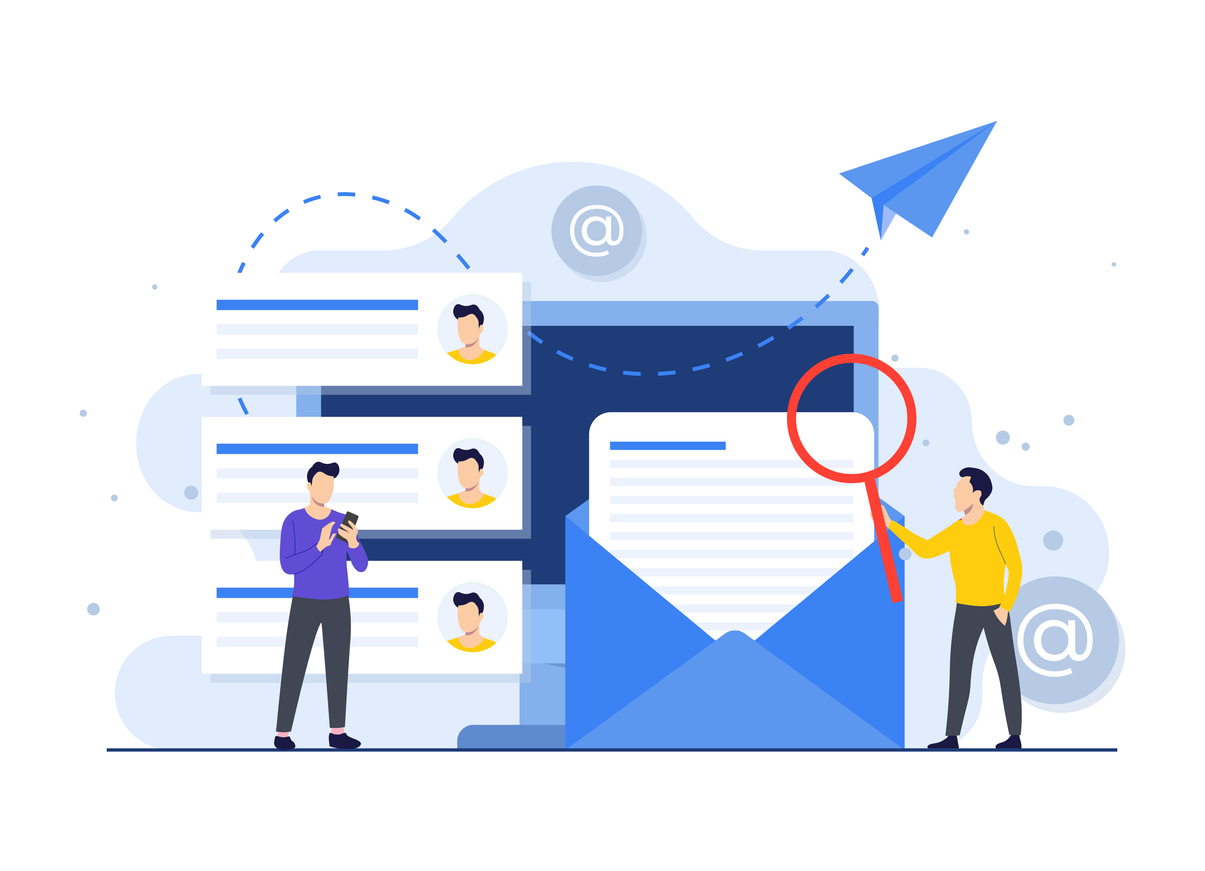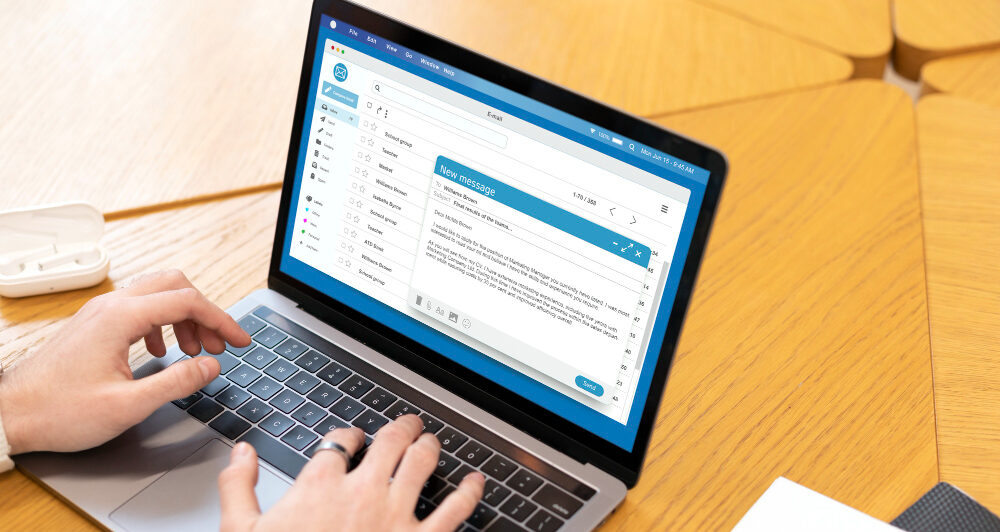The Key to Bigger Email Marketing ROI Isn’t Consistency—It’s Planning

Promoting your business via email has the potential for immense success. Klaviyo’s research shows that email marketing ROI averages 122% in the eCommerce sector, thanks to being so effective in driving conversions.
But that success isn’t automatic. The question of why is email marketing important is incomplete if you don’t also inquire about what makes it so important.
Depending on where you look, you’ll get plenty of answers. Google ‘how to increase email open rates,’ and you’ll get answers ranging from personalization to the length of your subject line. But as a whole, one aspect tends to go overlooked: the importance of planning your messaging and strategies to drive consistent email marketing ROI.
Yes, consistency matters. A consistent message from a consistent sender with consistent visuals, all consistently sent to your audience, will certainly have some impact on your success. But strategic planning is the true key to maximizing your email marketing ROI and driving long-term, sustainable revenue from your messages.
The Core Benefits of Planning Your Email Marketing Automations
Let’s start with the basics. If you’re wondering why email marketing is important, you’ll be surprised by how many of the answers depend on a strong plan that preceded the implementation. For example:
- Each email reaches customers when they’re ready to receive your messaging—but only if its automated trigger is timed just right.
- It can be segmented according to your unique audience segments—but only if you have a unique email plan for each of them.
- You can personalize messages to grab and keep your audience’s attention—but only if your plan accounts for those personalization opportunities.
- You can easily measure the results for a more reliable email marketing ROI. But this only applies if you plan ahead to track the right metrics and KPIs.
This close connection between the benefits of email marketing as a whole and the effectiveness of planning your marketing efforts on this channel reverberates throughout the process. Even a simple question on how to increase email open rates has to come back to maximizing the relevance of your messaging with the right plan.
But it’s about more than just ensuring your audience consistently gets your messages. It’s about making sure that the right audience gets the right message at the right time. And that’s where Klaviyo email automations come in.
Email marketing, at its best, is when it doesn’t just randomly arrive in your audience’s inbox. Instead, it should be a flow of three to five emails triggered by something relevant to them. Welcome emails, abandoned cart reminders, post-purchase flows, and subscription upsells are just some of the examples for which the right message at the right time is nearly a given because of the way the automation is set up.
Planning Intentional Automated Flows to Build More Segmented Email Marketing
Of course, ’email marketing planning’ can mean a lot of things. At its most fundamental, it’s about planning out your automation flows ahead of time. This approach ensures that they are more than just one-off messages. Instead, they should build on each other, creating a comprehensive flow that ultimately drives your recipients to the desired action.
We’ve already established the core benefits of this approach above. It’s worth digging more into one of those aspects: segmentation. The way that planning can help with more segmented and personalized email marketing may be one of its biggest ROI predictors.
It’s difficult to overstate just how important email segmentation is to your marketing success. The days of blasting unsegmented messages to your entire database are long over. That’s also more likely to land your email in spam filters than improve conversions. But even the best segmentation matters little if it’s not accompanied by well-thought-out automations that follow it.
Consider, for example, how planning can influence the segmentation of three typical recipient segments:
- Interested prospects will need messaging that’s largely informational and follows up on the interest they indicated. Overwhelming them with constant emails is not likely to be successful.
- Cart abandoners will need more functional reminders about their purchase and potential incentives to complete it. Messaging is most effective in the short term, when frequencies can be high.
- New customers will look for welcome messaging related to using the product. Down the road, they’ll also be more open to encouraging customer loyalty through repeat purchases.
And that’s before even talking about the separate planning that can occur within these segments, with messaging and frequency potentially differing based on demographics, source of interest, and more. A thoughtful approach to each segment can go a long way toward long-term marketing success.
From Planning to Measurement for More Reliable Email Marketing ROI

Planning your email efforts also helps in another part of the email marketing ROI equation: the ability to measure the true success of your emails. This goes beyond open rates or even click-through rates. Instead, the goal is to measure how much revenue your email efforts bring in. Planning, while not the only component of that equation, can certainly play a crucial role.
Put simply, the more you plan your efforts, the more you can fit them into your larger plan. An email effort leading directly to your product pages can now tie in with other digital campaigns while still incorporating unique markers, like UTM codes, to correctly attribute site visits and purchases. That makes any ROI calculations you perform more reliable and comprehensive, ultimately driving more successful email marketing.
Automation emails, of course, never just follow a set-it-and-forget-it approach. You need to refine, optimize, and test them over time. Only a careful planning process can accomplish that goal. You’ll ultimately see more successful automated flows designed to get the right message across at the right time.
Executing Your Planned Campaigns Through Email Marketing Automation
Finally, planning ahead and planning comprehensively allows you to leverage email marketing automation’s full benefits. If you know ahead of time how each of the messages in your campaign fits into the larger picture, you can execute them exactly when your audience expects (and can benefit from) these messages.
Again, the most natural occurrence for this strategy lies in action-based emails. A specific trigger causes a series of three to five emails to fire. They all build naturally on the action that caused them to leverage relevant information.
But crucially, the increased planning benefits apply to both trigger-based drip campaigns and milestone email campaigns. In fact, planning ahead actually enables you to better marry the two, ensuring that individual campaigns don’t interfere with each other even as you schedule them to trigger on certain dates or actions.
The result is a significant reduction in the manual work required to execute your email marketing strategy. You can spend that time on more strategic undertakings, enabling you to create a better email marketing ecosystem.
Leveraging the Power of an Email Marketing Partner for Better Planning and Execution
Put it all together, and the power of email marketing planning becomes clear. But of course, you need to know where to start—and that’s where an email marketing partner like Future Holidays comes in.
When you work with us, we can help you plan those campaigns to match your audience’s preferences and needs. But we can also help you execute them, touching every part of your efforts to help you maximize your email marketing ROI.
Ready to get started? Contact Future Holidays today.


